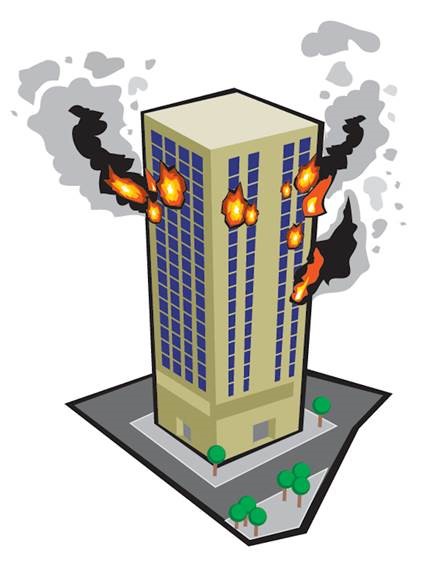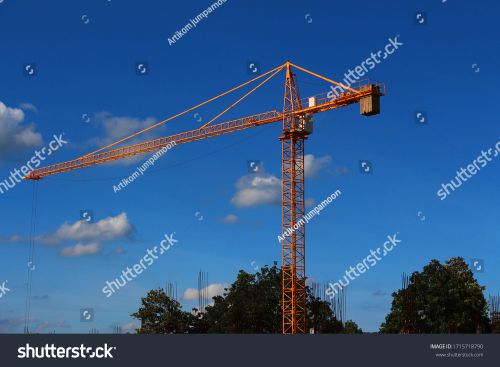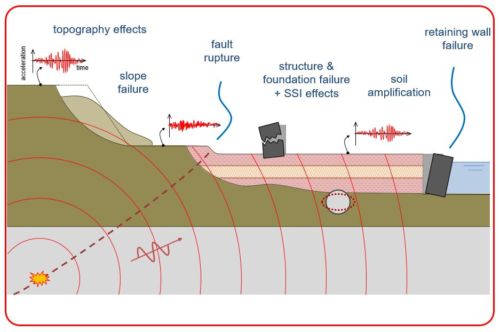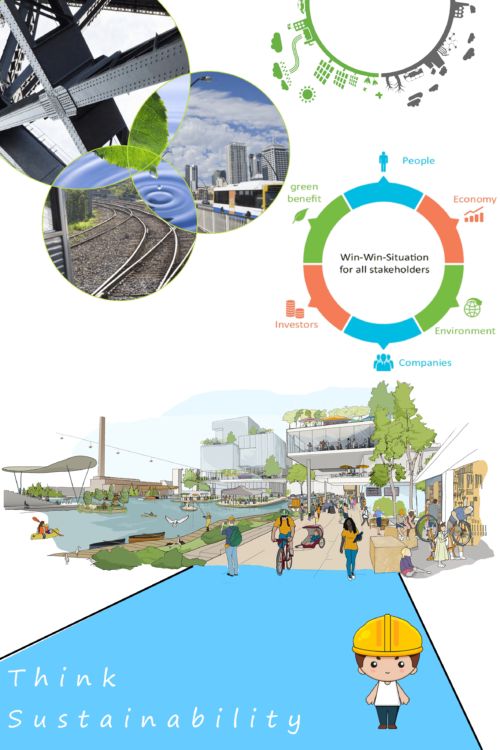1. Structural Fire Engineering & Fire Safety in Buildings – Definitions & Objectives
2. Principles of Fire – Process of Fire Development
2.1 Room Fire
2.2 Standard and Parametric Fire Curves
2.3 Human Behavior
3. Fire severity & Fire Resistance
3.1 Fire Resistance Domains
3.1.1 Time Domain
3.1.2 Temperature Domain
3.1.3 Strength Domain
3.2 Fire Exposure Models
3.3 Fire Severity Estimation
3.4 Fire Resistance Assessment
3.4.1 Fire Resistance Tests
3.4.2 By Calculation
3.5 Fire Resistance of Structural Elements
4. Structures Exposed to Fire (Structural Design in Fire Conditions)
4.1 Material Properties in Fire
4.1.1. Steel
4.1.2 Concrete
4.1.3 Masonry
4.1.4 Timber
4.1.5 Glass
4.2 Behavior of Structures during Fire
4.2.1. Steel Structures
4.2.2 Reinforced Concrete Structures
4.2.3 Timber Structures
5. Design of Structural Members Exposed to Fire
5.1 Structural Steel Members
5.2 Reinforced Concrete Members
6. Fire Protection
6.1 Fire detection
6.2 Active Fire Protection
6.3 Passive Fire Protection
7. Assessment & Repair of Fire Damaged Structures
Introduction to Structural Fire Engineering
| Code | GPOL_A_16014 |
|---|---|
| Instructor | KOTSOVINOS PANAGIOTIS, PAPANICOLAOU CATHERINE |
| eclass | https://eclass.upatras.gr/courses/CIV1818 |
| Mandatory/Optional | Elective |
| Credits ECTS | 7,5 |
| COURCE OUTLINE |
The aim of the course is to educate the Track A postgraduate students in basic concepts and principles of structural fire engineering.
At the end of this course the student will:
be able to distinguish between the sciences of Structural Fire Engineering & Fire Safety in Buildings and understand main concepts and objectives thereof;
have a general knowledge of the principles of fire and the process of fire development in closed spaces;
have an understanding regarding fire severity and fire resistance (including test-related issues);
comprehend the main codified tools for the design of structural members under fire conditions;
be able to apply simplified design procedures for the design of reinforced concrete structural members under fire;
have an in-depth understanding of the effects of fire conditions on the most-used structural materials (steel, various types of concrete, masonry, timber and glass);
be versed in fire protection strategies and systems (passive and active);
have basic knowledge on the assessment and repair methods of fire damaged structures.





